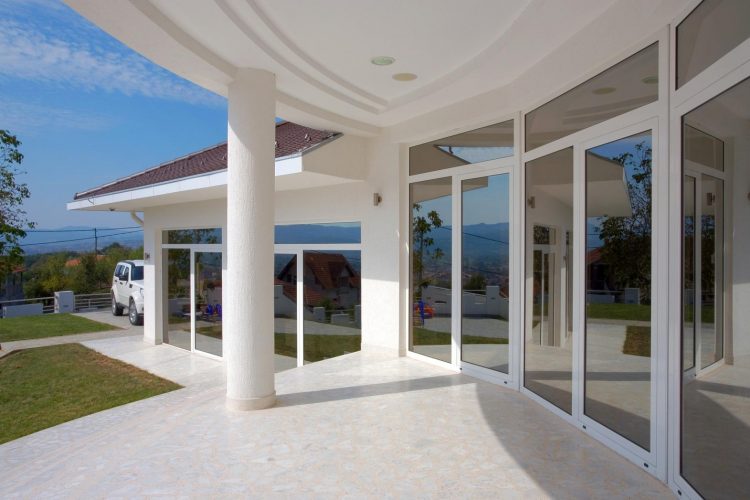Did you know that the average residential retail electricity price rose by 4.3% in 2021? That’s bad enough, but experts forecast more price hikes this 2022. Moreover, they project it to further increase by 3.9% this year.
That’s enough reason to invest in energy-efficient home improvements. And one of the simplest ways to do that is by tinting home windows.
But how much will that cost you, though? Will its energy savings outweigh its cost?
We’ve answered all those questions below, so read on.
Average Cost of Tinting Home Windows
According to Bob Vila, the national average home window tinting cost is $587. However, the lower end of the range is $316. In contrast, higher-quality films cost more than $900.
That’s a lot of Benjamins, but those figures already include the film and labor costs.
Factors Affecting Window Tint Prices
High-quality window tint films cost more because they offer up to 99% UV and fading protection. Moreover, they not only darken windows; they can also block or reject up to 93% of solar heat. Some don’t even have to make your windows so dark to deliver those benefits.
Aside from quality, you can also expect prices to vary based on the types of window tint. For example, solar films (those discussed above) cost more than dyed or metallic ones. A chief reason is that the latter doesn’t provide the same protection against UV, fading, or solar heat.
The size of your windows also influences residential window tinting costs. The larger the glass pane is, the more material it needs, so the more expensive it is to tint.
You can also expect the style itself of your windows to affect your tinting costs. For example, it’s often less expensive to tint single or double pane casement windows. After all, they usually have fewer solid, flat, or smooth glass pieces.
By contrast, windows with lots of muntins or mullions cost more to tint since they feature more panes. The more panes there are, the more work for installers, as they need to measure each pane. They then need to cut the films precisely to ensure they fit the panes.
Thus, all that extra work results in higher labor costs.
Is Home Window Tinting Worth It?
Yes, because windows give way to heat gains and losses. As a result, they account for 25% to 30% of a typical home’s heating and cooling costs. That means they can waste a quarter to a third of the energy you pay for to keep your house comfy.
Fortunately, tinting films can help seal and block those gains and losses.
Another reason is that home window tinting can help protect you from UV damage. Remember: chronic and prolonged UV exposure is behind premature skin aging and cancer. It can even damage your eyes, resulting in impaired or decreased vision.
Plus, residential window films can protect your furniture and flooring from fading. Fading damage, in turn, costs far more to fix or replace than the few hundred dollars you’d shell out for window tint.
Invest in Home Window Tinting Now
And there you have it; your cost guide on tinting home windows. So now you know that you can expect to spend under a grand to get your windows tinted. That may seem like a lot of money, but they can save you in the long run, making them worth it.
That should be enough reason to invest in high-quality window tinting today.
Did you like this article? Then please feel free to browse our other informative posts!

